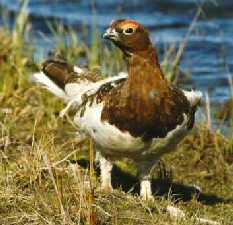You can tell that this picture was taken during the warm season because the ptarmigan has brown feathers!
Courtesy of BLM
Related links:
Arctic tundra
Arctic Tundra Birds
There are over 100 species of birds that occupy the Arctic tundra in the summer. Everything from geese to owls to falcons fill the air and water. Almost all of these birds head south for the winter. Only a few birds stay in the cold winter tundra.
Members of the ptarmigan family, like the bird in this picture, make the tundra their home all year round. They are
a speckled brown color in the summer and change to a bright white in the winter. They eat
leaves and berries.
Last modified February 6, 2007 by Lisa Gardiner.
You might also be interested in:
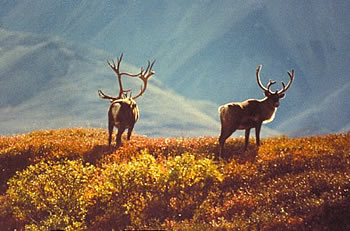
The Arctic tundra, vast plains filled with grasses, flowers, mosses and lichen, is located north of the taiga forests in Earth’s north polar region. Like all types of tundra, this is a very cold and windy
...more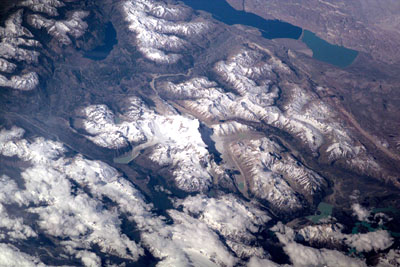
This picture of the Earth surface was taken from high above the planet in the International Space Station. In this view from above, we can see that there are lots of different things that cover the Earth.
...more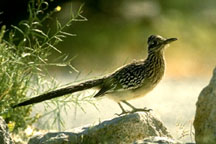
Like the other creatures of the desert, birds come up with interesting ways to survive in the harsh climate. The sandgrouse has special feathers that soak up water. It can then carry the water to its
...more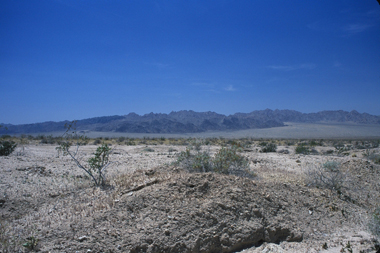
Deserts are full of interesting questions. How can anything survive in a place with hardly any water? Why is it so dry to begin with? You can find at least one desert on every continent except Europe.
...more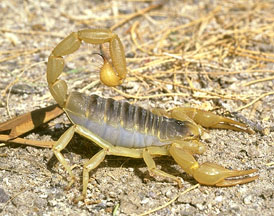
You can find insects almost anywhere in the world. So it should be of no surprise that there are plenty of insects in the desert. One of the most common and destructive pests is the locust. A locust is
...more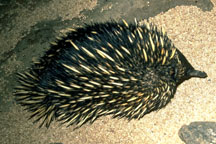
There are several species of mammals in the desert. They range in size from a few inches to several feet in length. Like other desert wildlife, mammals have to find ways to stay cool and drink plenty
...more
Biomes are large regions of the world with similar plants, animals, and other living things that are adapted to the climate and other conditions. Explore the links below to learn more about different biomes.
...more
